If you like the real deal, you’ve come to the right place. Rayado, New Mexico, population probably all dead except for a few temporary Boy Scouts, a lucky caretaker or two, a number of chickens, and this specimen here. The original settlement, established in 1848 by land baron Lucien Maxwell as an outpost on the Santa Fe Trail, is now part of the Philmont Scout Ranch. The location at the edge of the plains is just about perfect. There’s a creek and tall cottonwoods, with a low bluff to the north and grass all around. The beauty and the peace are impressive. As noted before, one could damn near take a nap in the road.
I’m prone to fits of ecstasy in these places, even with a goat on a rope. There’s a spiritual high from the wide open spaces. I feel loved and embraced. I’m also thrilled by history, in this case, the Santa Fe Trail. (To me, this is like learning the Lone Ranger was real.) If you wanted to get here from the East, that’s how you came, unless you liked running from Indians. There was a trading post at Rayado with provisions and overnight rooms. (It’s restored, you can see it today.) Just imagine the scenes you’d have been part of, traders and travelers risking their lives for long weeks on end, as the wagons went creaking on by… In some places, you can still see the ruts! I can go crazy with this, looking around, getting a sense of what they saw, back when America was too big to eat.

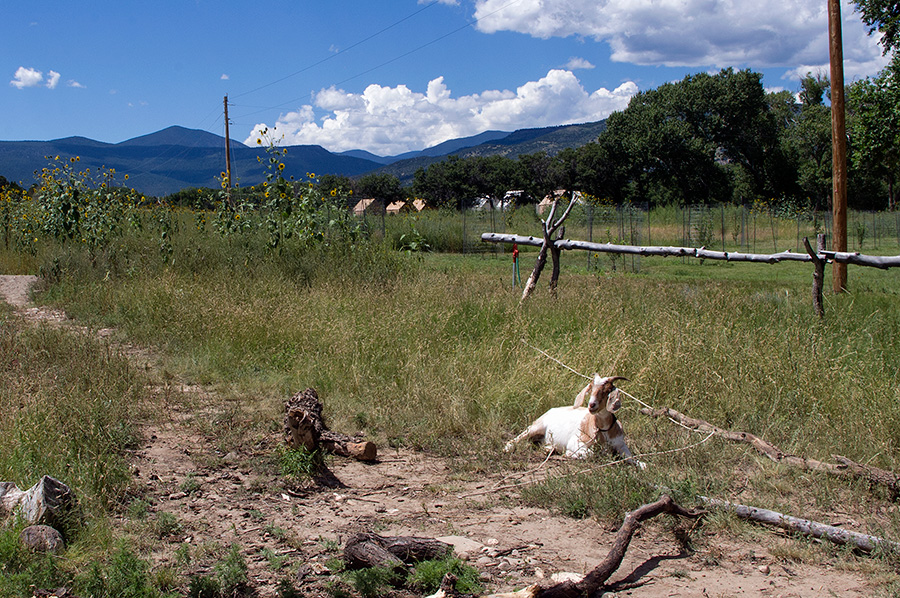
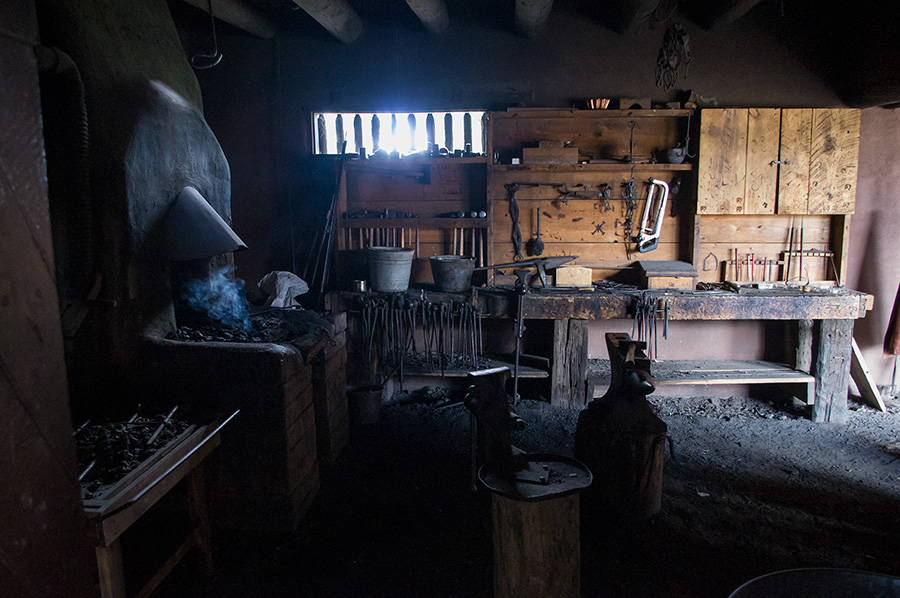
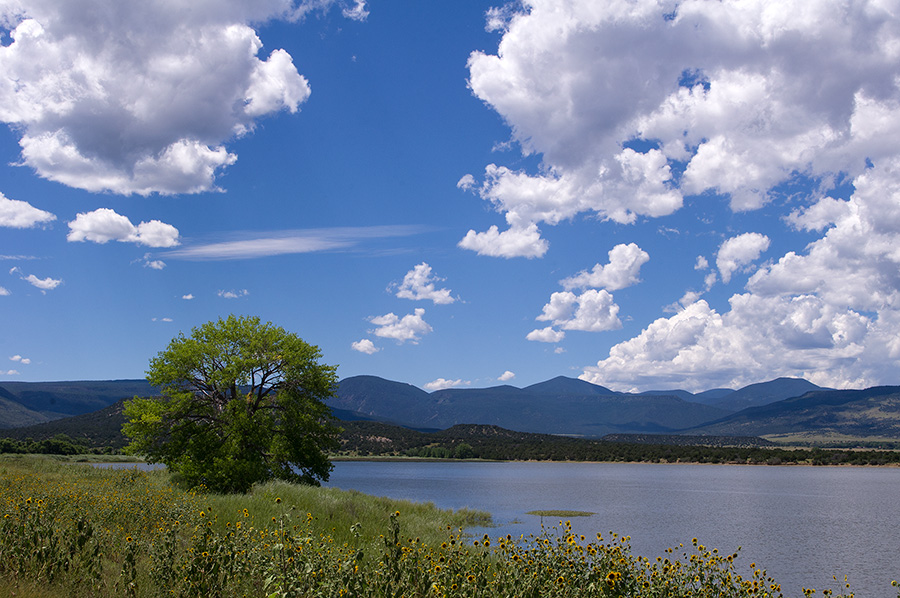
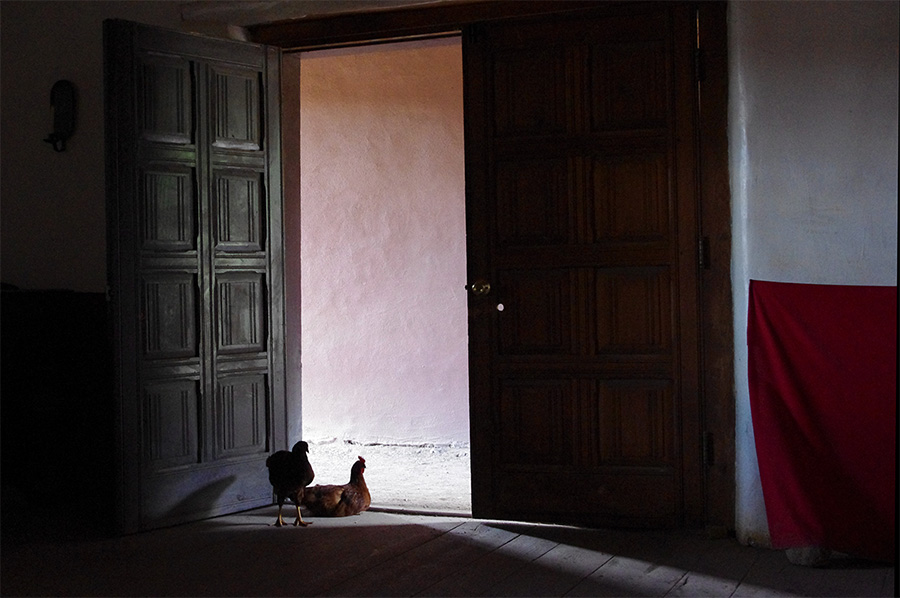
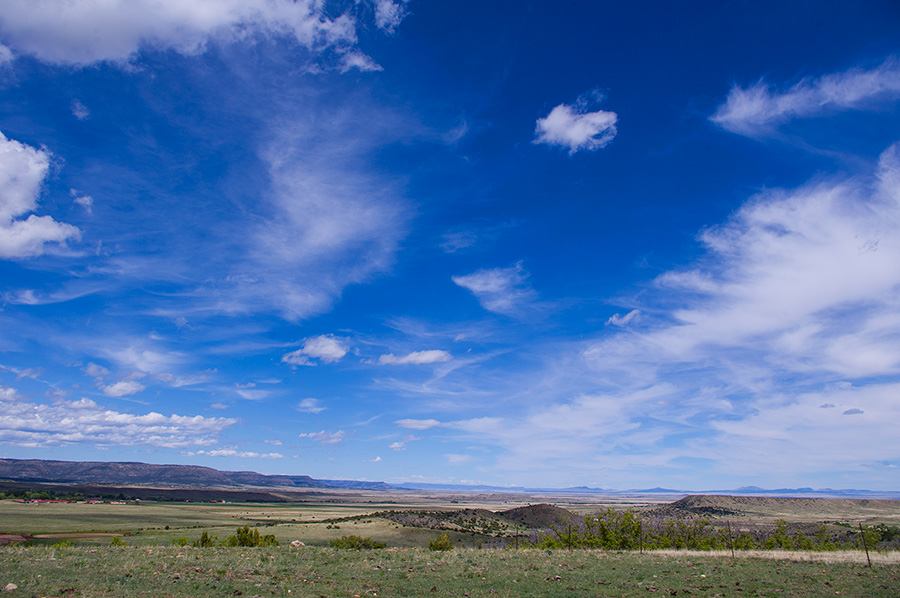
.png)